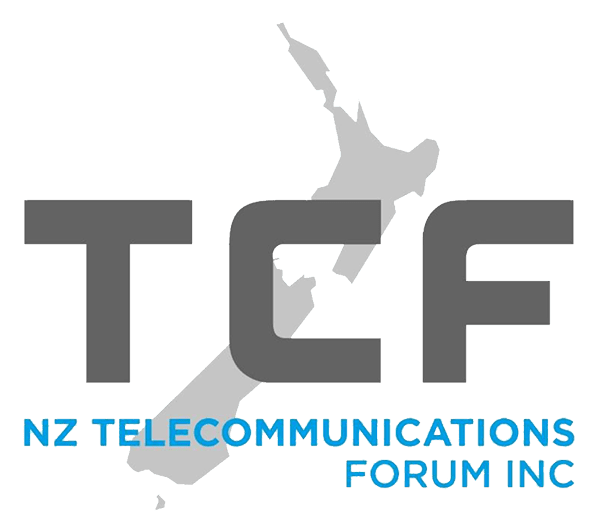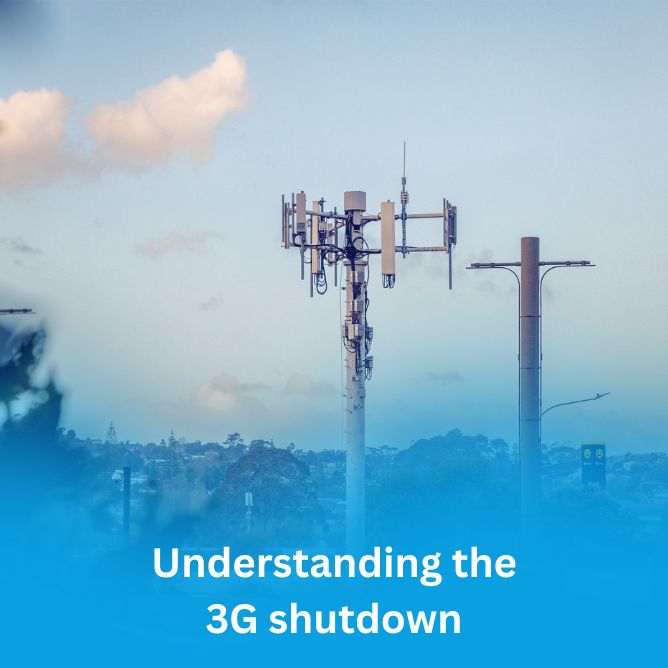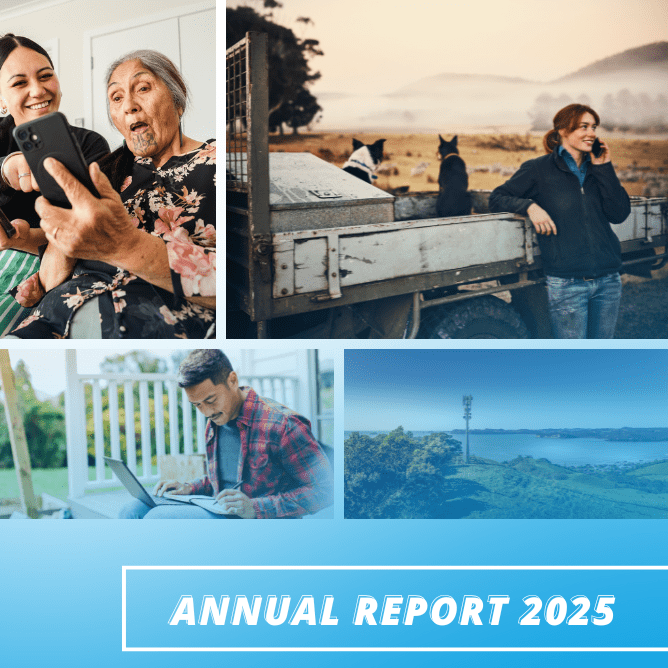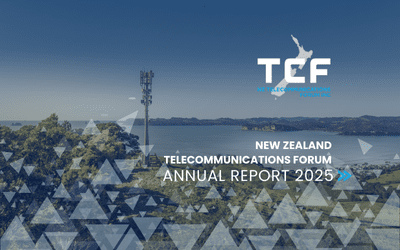The financial loss asset captures the unrecovered returns of Chorus and the local fibre companies (Enable Networks, Northpower and Ultrafast Fibre) during the initial period of operating Ultra-Fast Broadband (UFB) networks before demand met supply. Once the new regime is implemented in January 2022, it will form part of the regulatory asset base on which fibre providers earn returns.
“As signalled earlier this year, we have decided to adopt a discounted cash flow approach to valuing the financial loss asset, rather than the building blocks method we initially proposed. Submitters, including fibre companies and financial analysts, recognised this would help make the calculations easier to understand and therefore provide greater transparency when we set Chorus’ price-quality path and the broader information disclosure regulations next year,” Telecommunications Commissioner Tristan Gilbertson says.
“We have also decided that pre-2011 investments can be included in the discounted cash flow calculation. We have put safeguards in place to address the risk of windfall gains or over-recovery and are satisfied they will ensure these pre-2011 costs are allocated appropriately.”
The Commission published its core decisions on the key regulatory rules, requirements and processes (known as input methodologies) for the new fibre regime in October. Today’s decision on how to value the financial loss asset concludes the input methodologies process.
“This work started in 2018 and has been a significant undertaking for the Commission and industry stakeholders. I want to extend my thanks to everyone who has worked with us to develop the fibre input methodologies and ensure that fibre providers are properly incentivised to invest, innovate and deliver high quality services that New Zealanders can rely on,” Mr Gilbertson says.
“Having put these regulatory rules in place, we are now turning our attention to applying them to set the revenue cap and minimum quality standards for Chorus and the information disclosure regime for all fibre providers.”
More information on the Commission’s approach to valuing the financial loss asset and the legal determinations that give effect to its input methodology decisions can be found here.
BackgroundThe Government’s UFB initiative aims to achieve fibre-to-the-premises to 87% of the population (including 1% private fibre) by 2022. Rural areas of New Zealand are covered by the separate Rural Broadband Initiative. These new fibre networks will provide faster and more reliable voice and broadband internet services to consumers.
The Government’s Crown Infrastructure Partners contracted with four companies to build these fibre networks: Chorus, and three LFCs – Northpower Fibre, Ultrafast Fibre and Enable Networks.
Under the new regulatory regime in Part 6 of the Telecommunications Act, the Commission will set the maximum revenue that Chorus can earn from its customers and the minimum quality standards it must meet. This is referred to as price-quality regulation. Additionally, all four fibre service providers will be required to publicly disclose information about their performance, such as on their profitability, revenue, and capital expenditure. This is intended to shine a light on their performance for stakeholders and consumers.
The regime first requires the Commission to determine input methodologies (IMs) which are the upfront rules, requirements and processes underpinning the regulatory regime. This new regime is similar to how the Commission regulates energy networks and airports under Part 4 of the Commerce Act.
Because of the importance of input methodologies, the Act provides for affected parties who submitted during this process to ask the High Court to undertake a merits review of our determinations. After we set the input methodologies for energy networks and airports under Part 4 of the Commerce Act in 2010, several regulated suppliers, the Major Energy Users Group and Air New Zealand appealed the decisions in Court.
What is the financial loss asset?
Chorus and the other LFCs were expected to incur financial losses during the initial period of operating the UFB networks. This is because they were required to make investments ahead of consumer demand and revenues recovered were not sufficient to meet their costs. Section 177(2) of the Telecommunications Act recognises the financial losses that were incurred during the period before implementation of the new regulatory regime. The Act requires the Commission to capitalise these losses and to treat them at the implementation date as an additional asset (financial loss asset) to be included in the fibre service providers’ regulatory asset base. The financial loss asset will inform profitability assessments under information disclosure regulation, and the prices or revenues recovered over time by providers that are subject to price-quality regulation.





















